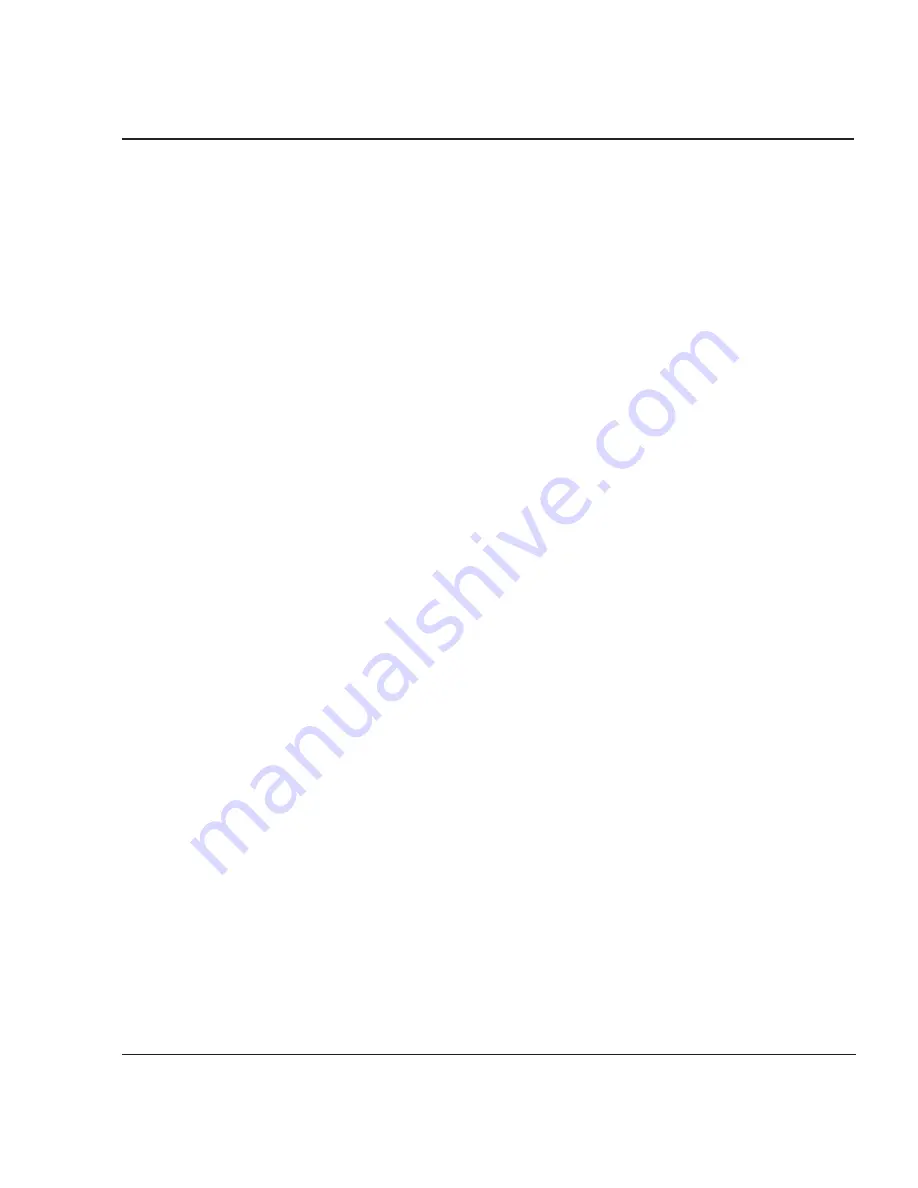
Printing 3-4
ENCAD
®
T-200
TM
Reference Guide
Raster images will plot in both ENCAD RTL mode and HPGL/2 mode. In HPGL/2
mode, the printer can randomly mix HPGL/2 vector and raster data, subject only to the
limit of memory available in the printer.
If you have trouble plotting raster images in HPGL/2 mode due to these printer charac-
teristics, plot instead in ENCAD RTL mode.
Ink controls:
Ink controls are useful to prevent overinking problems. Using the controls
will also cause a slight color shift on your output. Because images and media are all
different, you may need to experiment until you find settings that best suits your needs.
Reduction, %:
Specifies the percentage decrease for the amount of ink applied by the
printer. The reduction percentage applies to all shade values. If you're printing light fills
and shades, you can use the maximum amount of ink, 0% ink reduction.
However, anytime you are printing dark shades or heavy fills, you run the risk of bleed-
ing or pooling. If this occurs, increase the amount of ink reduction. Using ink reduction
can cause solid lines (particularly of lighter colors) to appear as dotted lines.
Ink limit, %:
Specifies the maximum amount of ink that the printer will apply. The limit
only applies to colors that exceed the limit. (In contrast,
Reduction %
above applies to
all colors). The maximum of 300% means that on average, as many as 3 ink dots can be
applied to each dot position. Keep the limit at 300% unless you are having ink problems.
Dry time, minutes:
Specifies the time lapse before the printer actually cuts the media
and drops the plot in the catch tray. Use for heavily inked plots in roll-feed mode.
Raster image controls:
These controls affect plotting of raster image entities. The
settings allow adjustments for different kinds of papers and inks. Also, to adjust specific
images in your drawing, use AutoCAD's
IMAGEADJUST
command.
Gamma:
The gamma setting affects the intensity of the midrange color values. 2.8 is a
normal value to use as a start. Higher values provide more vivid colors. Lower values
provide muddier looking colors.
Dot density, %:
Dot density affects the number of dots and amount of ink that the
printer uses to render the colors. For media on which the ink bleeds more readily, use a
lower density. As a start, use 90% for plain paper, and 130% for coated paper.
About:
Displays version information about this printer driver.
















































